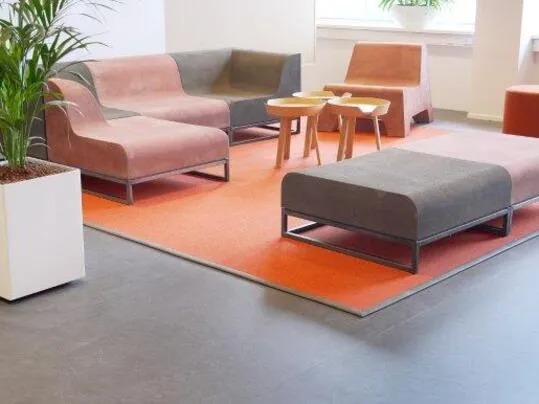Making new Marmoleum from an old floor
Forbo Flooring has supported TU Delft in the renovation of the Faculty of Electrical Engineering, Mathematics and Computer Science (EEMCS). The building's 20-year-old Marmoleum floors are now fully recycled, which is unique in the world of linoleum.
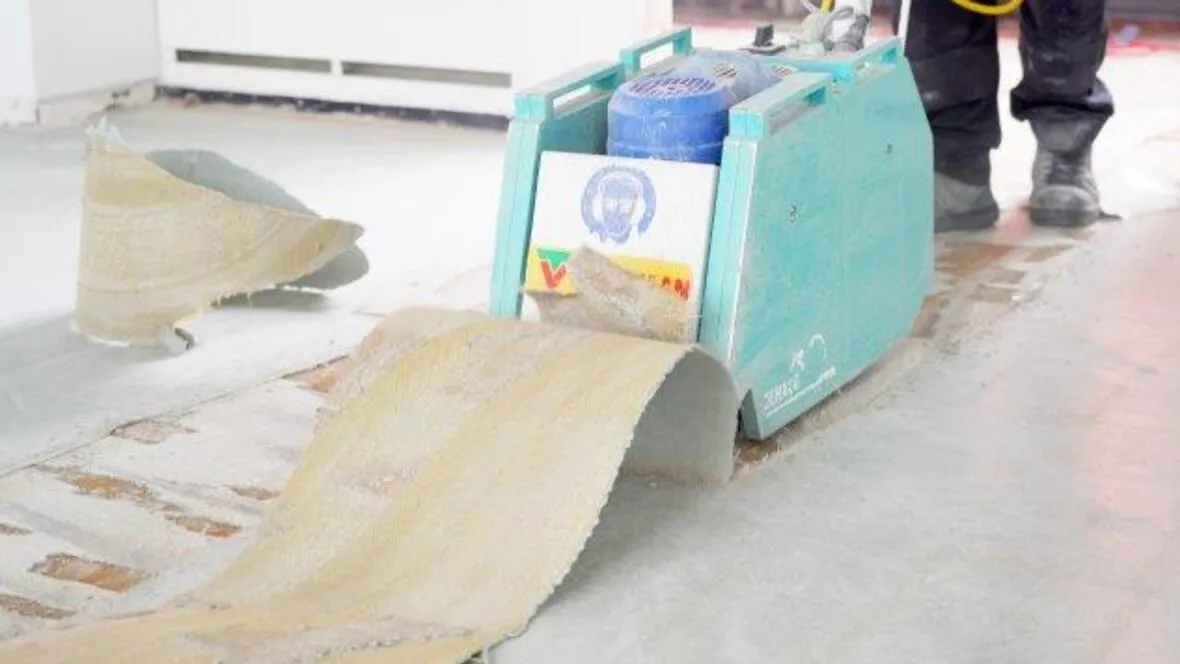
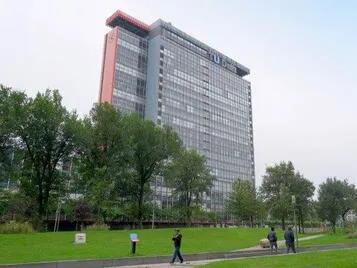
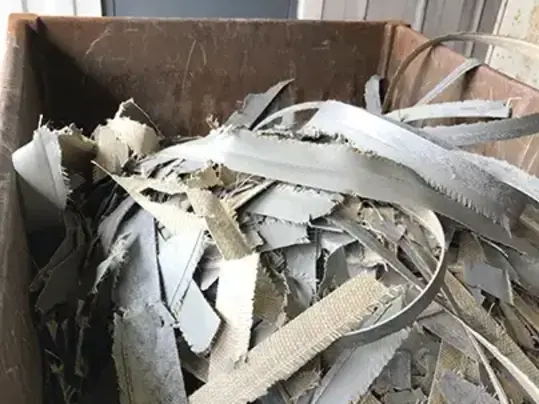
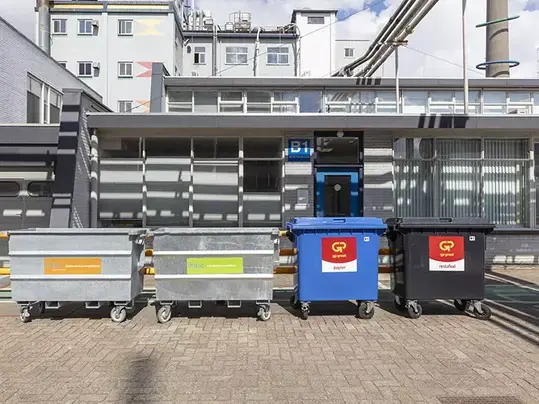
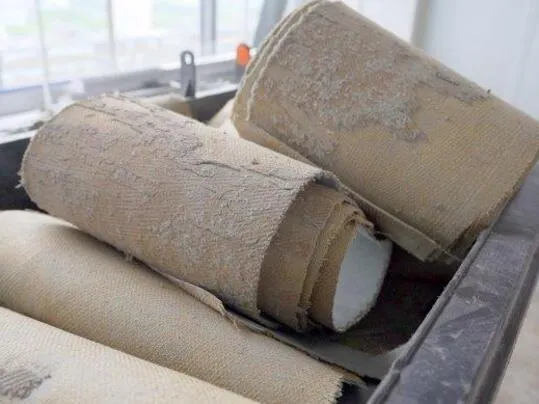

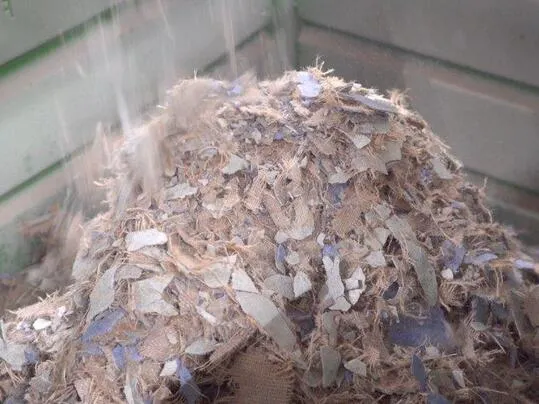
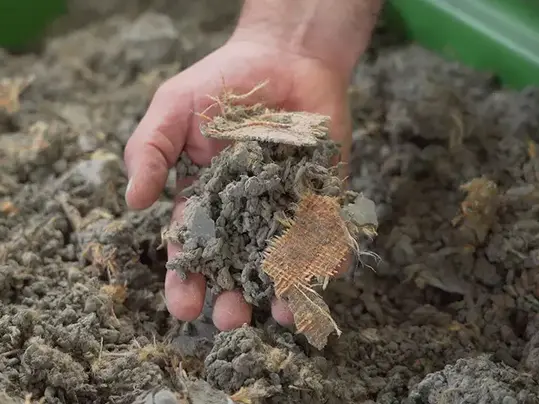
.webp)
